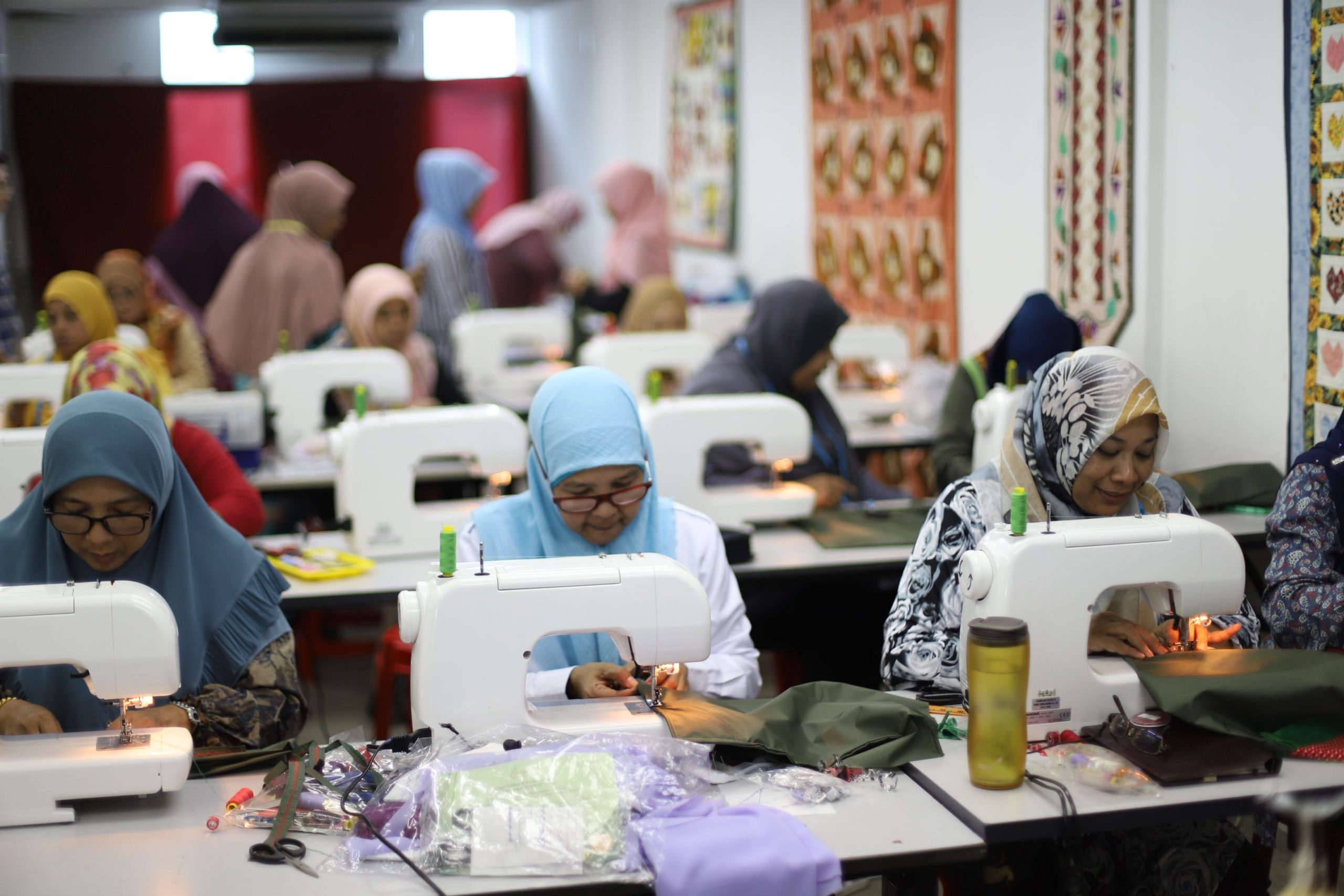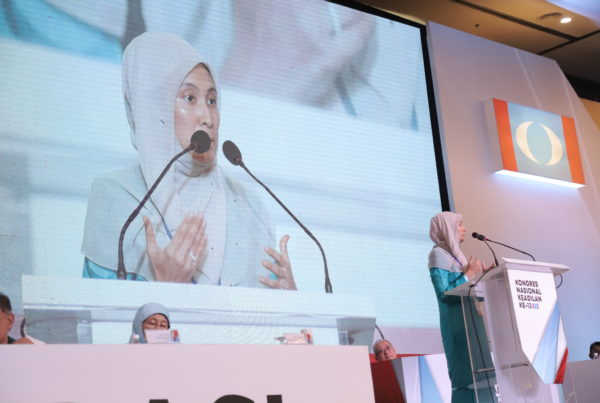A poverty line that is inaccurately drawn fails to fully capture Malaysia’s most deprived communities – the poorest, the stateless, the differently abled, and other vulnerable segments. For a country that has touted its great strides in poverty eradication, these common sights of deprivation call into question the nation’s measurement of poverty. The national poverty rate, measured based on the Poverty Line income (PLI), plunged from 49 percent in 1970 to a mere 0.4 percent in 2016, if we presume the 11th Malaysia Plan 2016 – 2020 to be true and fair.
To its credit, the same Malaysia Plan also introduced the Multidimensional Poverty Index (MPI); its objective none other than to complement the PLI. Designed in part by the UN, this is an indicator that looks beyond income, underscoring ten other indicators centered on health, education and standards of living to quantify poverty. Malaysia calculated its incidence of multidimensional poverty to be 0.86 percent.
However impressive on the outset, this figure is misleading, earning us a rebuke from Professor Philip Alston, the United Nations’ Special Rapporteur on Extreme Poverty and Human Rights, who stated that the MPI computed “yields figures that are so low as to beggar belief, and relies heavily on the existing income-based measure.” We need to accurately measure the hardships of the Rakyat for policies arising thereof to not only be well-meaning, but meaningful.
Aid for the People
Amidst a global economy ravaged by the COVID-19 pandemic, aid has taken on a more urgent and relevant meaning as governments worldwide dispense cash to prop up firms, ordinary workers and households. The long arm of the state is being reoriented on welfare in an effort to shield citizens from the ongoing economic catastrophe.
Spain is now considering the implementation of universal basic income as a systemic instrument to combat economic insecurity. In the United Kingdom, the government – and a Conservative one, no less – announced an unprecedented initiative to cover up to 80% of salaries for workers who are retained on company payroll. Closer to home, the fiscally prudent Singapore drew from its national reserves to relieve companies of 75% of salaries for workers.
Malaysia, similarly, has taken steps to put cash directly into citizens’ hands and to provide relief for SMEs. Households and individuals with monthly income below the thresholds of RM8000 and RM4000 respectively are eligible for aid. However, when aid is defined by income and income only, it fails to capture the full spectrum of deprivation faced. As a result of the viral outbreak, we are seeing the rise of ‘new poor’, or ‘differently poor’ individuals. Every day, inequalities are being exacerbated in new and unprecedented ways.
The Multiple Types of Deprivation
COVID-19 ravages our health, and in tandem, not so much as creates but unveils pockets of society, variously deprived of human dignities. This pandemic is not ‘a great leveller’ after all — it may concurrently infect princes and paupers, but it is the latter who have felt the brunt of its far-reaching and terrible effects. This includes but is not limited to, poor health, lack of education, inadequate living standards, lack of access to healthcare, disempowerment, poor quality of work and living with the threat of violence, among others.
With the enforcement of restricted movement orders and prolonged lockdowns, the virus has shown the precariousness of people’s financial situations when they begin to lose their main sources of income, particularly those relying on daily wages.
As petty hawkers struggle in a zero sum world between the peril of a deadly flu, or simply starvation without income, the rules are seemingly bent in favour of more commercially sizeable entities – as the latter face less difficulty complying to the relevant guidelines.
The disparity of healthcare provision also becomes painfully obvious, as people fall ill without the benefit of access to healthcare services or the safety net of protective health insurance. Reduction of public transport options compounded with caregiving responsibilities have also made it difficult for deprived individuals to seek the food and basic necessities they need, especially when their nearest sundry shops begin charging exorbitant prices, or are not adequately stocked.
Perhaps the most pernicious of all is the potential centrality of COVID-19 in perpetuating inequality. The roots of poverty begin early, as young children who are primed for mobility through educational opportunities are now stuck at home with varying qualities of online classes due to school closures. The digital divide penalises rural communities who are mostly disconnected from accessing stable internet connections or suitably working devices – rendering them unable to optimally partake in an online school environment.
The reality of COVID-19
It has been said, and it bears repeating – this pandemic throws into stark relief the inequalities that have long existed in our country between the rich and the poor, the haves and the have nots. But more than that, this crisis has shown that there are many more living in deprivation, beyond those classified as ‘poor’ by official data, and indeed, beyond those eligible for government aid. This means that for many people, poverty was just a disaster away, and this disaster has struck.
Admittedly, it is difficult to rectify problems with poverty measurement as we scramble to disburse aid during an unprecedented public health crisis. However, our continued failure to do so engenders big risks, risks we can ill-afford when a pandemic ravages the country. For if aid does not reach the people who need it most, the consequences can prove fatal.
Moving Forward with Quality Data
It is hoped that a more thorough look at poverty data will ensure our constituency programmes to be more effective and thereby transformational for the lives of constituents. In a 2018 paper measuring the multidimensional deprivations affecting EPF retirees, Prof Fatimah Kari and her colleagues found that women after retirement are relatively deprived in more ways than one – such as in transportation, income and home ownership – than men. Moving forward, at my constituency Permatang Pauh, we plan to extend such findings by accurately measuring poverty in its many dimensions – aiming for an index that justifies a revamp in census data collection and its calculation.
Malaysia may take pride in having made great strides in poverty reduction but we must keep a vigilant watch over the many non-economic poverty indicators debilitating the lives of many. In order to formulate inclusive and effective policies, we must recognise the many dimensions of poverty, confront the glaring lapses in data where vulnerable segments of our Rakyat go unrepresented, and ensure fair and accurate collection of data.
Let us now forge forward using evidence-based, politics-free, public service-oriented delivery to make sure we emerge victorious.





